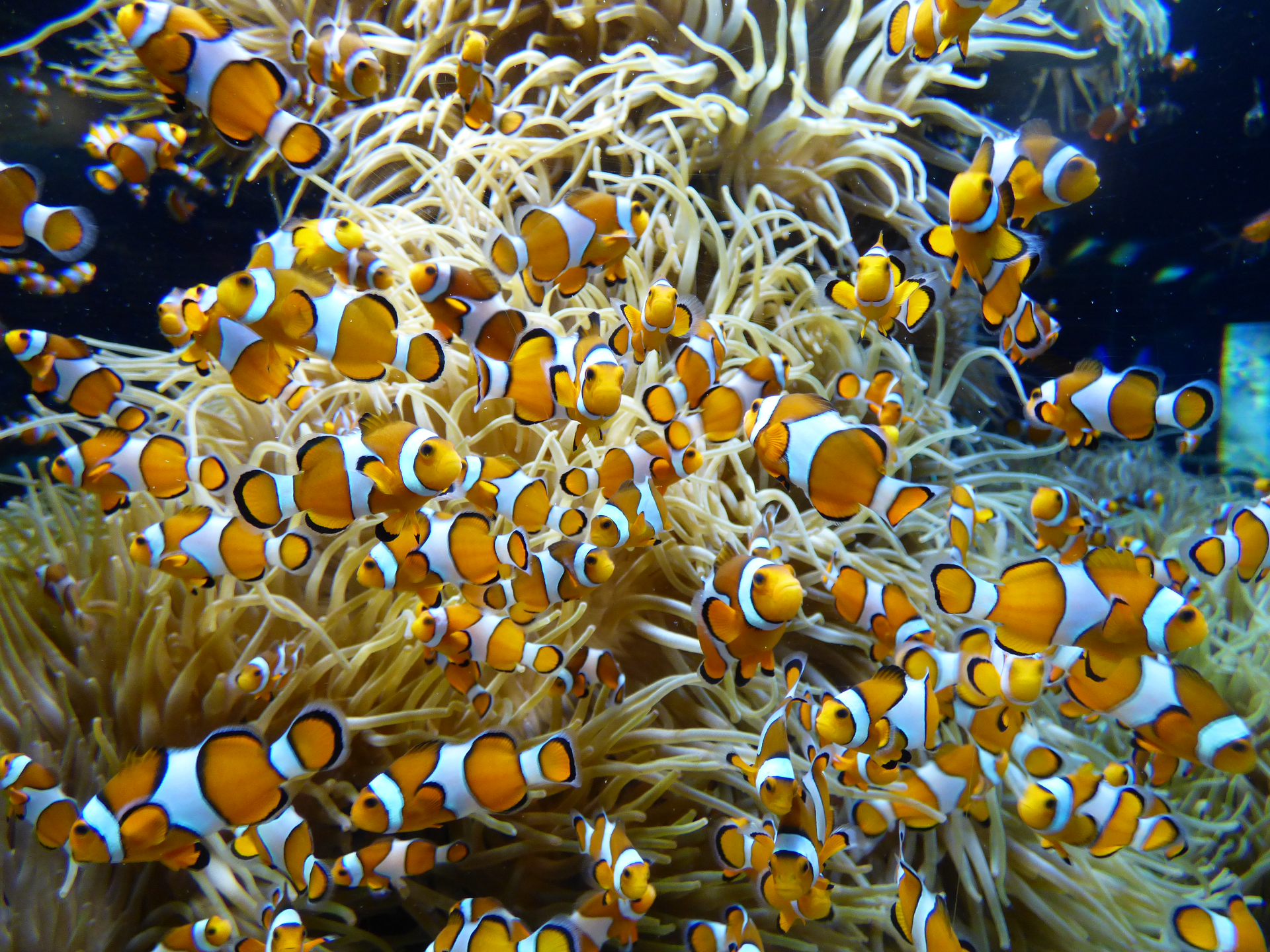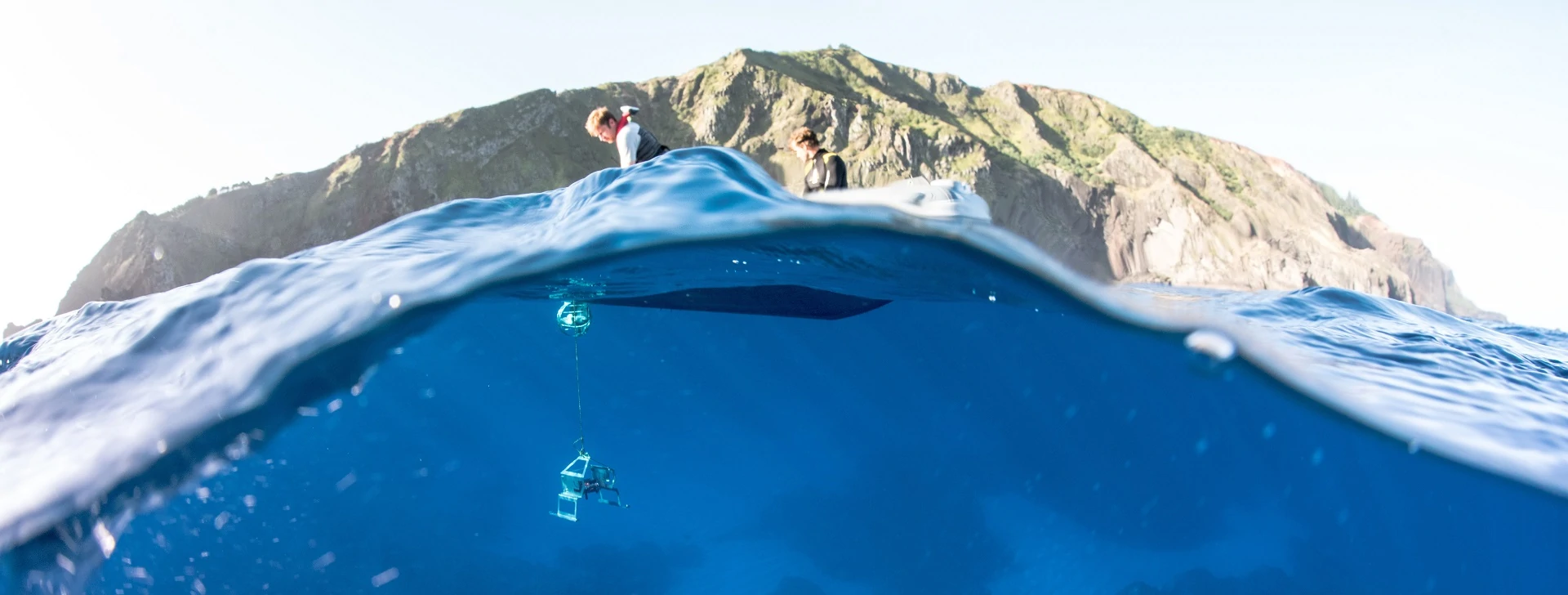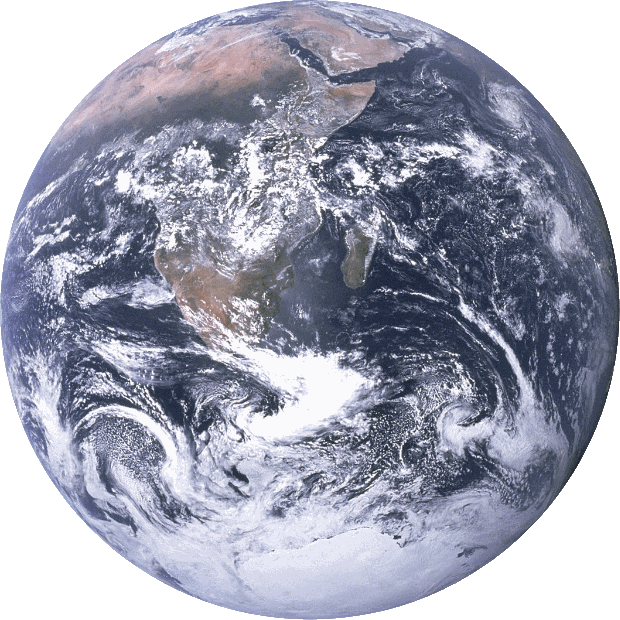Publication Abstract
- Title
-
OCCURRENCE AND CHARACTERISTIC OF MICROPLASTIC CONTAMINATION IN THE MANGROVE ECOSYSTEMS IN THE TROPICAL LAGOON, SRI LANKA
- Publication Abstract
-
Mangroves play a significant role in filtering microplastics (MPs) (<5 mm) that come from terrestrial, marine, and atmospheric sources, serving as a vital barrier between land and sea. A systematic evaluation of the distribution, characteristics, and ecological risks of MPs on mangroves in the Negombo Lagoon is lacking. The mangrove ecosystem in Negombo, rich with diverse species, is extremely productive and provides various goods and services for the marine environment and community. This study aimed to investigate the distribution of microplastics in surface water sediments and mangrove species, including Rhizophora apiculata plant parts, roots, and leaves, sampled from the Negombo Mangrove ecosystem. Surface water, sediment, and biological samples, including leaves and roots, were collected from both high- and low-tide areas of 30 different localities in the Negombo Mangrove ecosystem between November 2022 and December 2023. MPs (<5 mm) were extracted from sediments, water, and biological samples after digestion with 30% KOH (Sigma-Aldrich, Saint Louis, MO, USA) and density separation. They were observed under a stereo microscope (VWR VisiScope 360) and categorized according to shape and colour. Material identification was carried out using Fourier transform infrared spectroscopy (ATR-FTIR, model BRUKER). This study investigates the abundance and morphology of microplastics (MPs) in surface water, sediment, and the mangrove species Rhizophora apiculata within the Negombo Mangrove Ecosystem, focusing on variations across tidal zones. Surface water samples revealed MP concentrations ranging from 0–345 items per cubic meter at low tide and 0–153 items per cubic meter at high tide, while sediment samples exhibited higher concentrations of 34–868 items per kilogram at high tide and 18–672 items per kilogram at low tide. Notably, high tide regions demonstrated greater MP abundance in both sediments (453.98 ± 48.29 items/kg) and surface water (195.23 ± 25.21 items/m³) compared to low tide areas. MPs were predominantly found on the leaf and root surfaces of Rhizophora apiculata, with counts of 1,073 and 1,171 MPs, respectively, far exceeding those found in leaf tissues (52 MPs in the top layer) and root tissues (63 MPs above the soil). Morphologically, fibers emerged as the most prevalent MP type, accounting for over 50% of the total MPs in both sediment and surface water samples. The colour distribution indicated a predominance of blue and clear MPs across all samples. Size analysis revealed that the majority of MPs were found in the 1000–5000 µm range for sediment and surface water, whereas smaller sizes (20–99 µm) were more common in leaf and root tissues. Chemical analysis using FTIR confirmed that polyethylene (PE) and polypropylene (PP) were the dominant polymers, highlighting their widespread presence in the environment and potential contamination from coastal activities. This study underscores the significant presence of microplastics in mangrove ecosystems and their potential ecological impacts, emphasizing the need for further research on the pathways and effects of MP contamination on coastal biota.
- Publication Authors
-
Withanage Kanishka, A.A.D. Amarathunga, D.S.M. De Silva, A. Bakir*, A.R. McGoran*, D.B. Sivyer*, Ashini Athukorala, C. Reeve*
- Publication Reference
-
Water
- Publication Internet Address of the Data
- Publication Date
- Publication DOI: https://doi.org/
- Publication Citation


